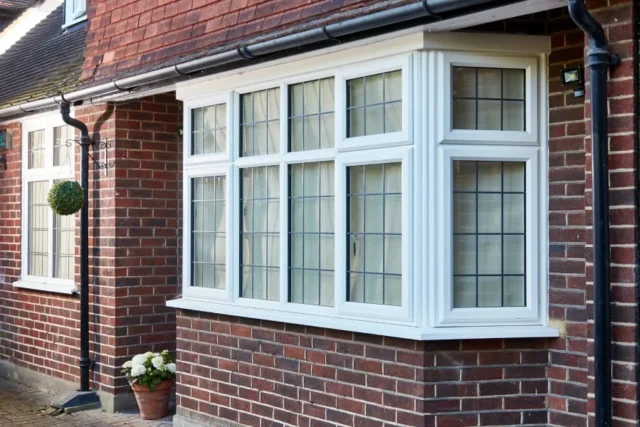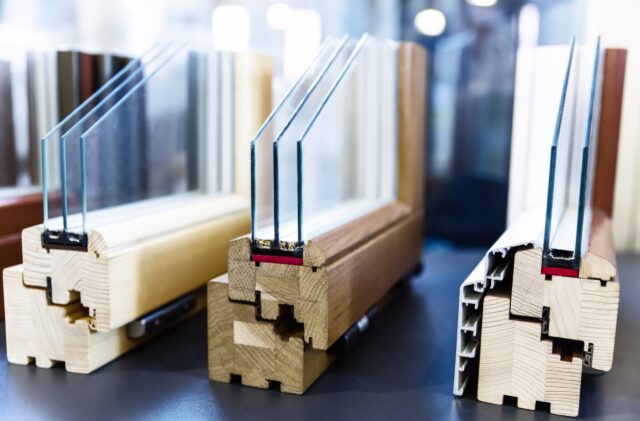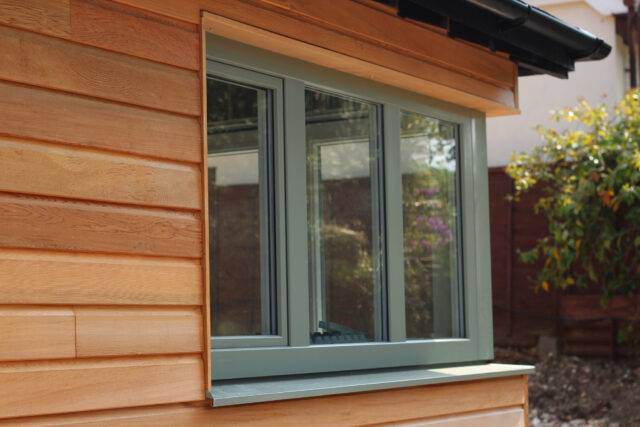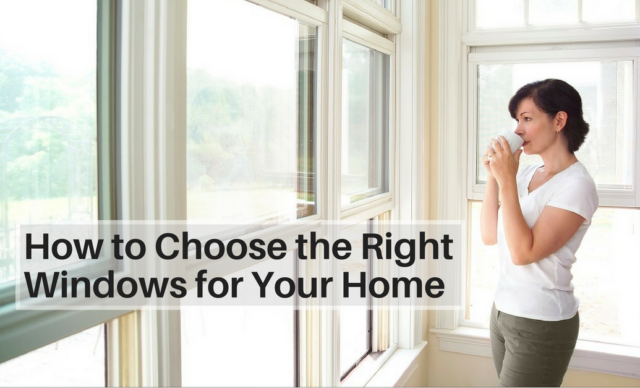
Triple glazing windows have only recently started to become popular, despite being patented in the 1990s. The reason for this is due to their high thermal and acoustic performance.
If you are weighing the options on upgrading your windows, you may have heard that triple glazing is a choice that is superior to double glazing. The following section on triple glazing is provided for the purpose of assisting you in determining whether or not it would be beneficial for you to invest in your house.
What Is the Edge of Triple Glazing Over Alternatives?

Compared to double glazing, triple glazing can provide significantly lower U-values, minimising heat loss within the home and favourably influencing your energy expenditures. Triple glazing can substantially improve your home’s comfort by decreasing cold spots within a room due to the lesser transmission of exterior warmth to the internal face of the glazing unit owing to the additional cavity and glass pane.
Is It Always The Efficient Choice To Install Triple Glazing?
Simply put, triple glazing is not always the most energy-efficient option. Double glazing is typically 28mm thick and comes with argon cavity gas, low-e coating, and a heated edge spacer. Triple glazing is thicker at 38mm but costs more to install. A 28mm unit of triple glazing with one low-e coating is less energy efficient than double glazing in this configuration. To get the most out of triple glazing, it should be at least 36mm thick with two low-e coatings and argon gas. If you’re considering triple glazing, make sure to buy from a trustworthy provider to avoid wasting money on inefficient windows.
Is It Worth To Go Triple Glazed?

The big question on everyone’s minds; are triple glazings worth the price and effort? Replacing windows is a hefty investment for many homeowners that requires considering various perspectives, including the window energy rating (WER), building regulations, cost, and the type of window to choose. There are different glazing options available, such as double or triple glazing, which could provide homeowners with additional advantages, such as keeping heat inside the home longer, reducing noise pollution, and increasing security.
Homeowners should always keep in mind the climate of their home and which type of glazing will be the most effective. Double glazing is more effective in colder climates, while triple glazing is best for warmer climates. Furthermore, different types of glass can be used, such as low-e glass, which has a reflective coating that can help reduce the amount of heat that goes in and out of the house.
Triple glazing typically costs more than double glazing, as it requires more material and more labour to install. However, the boosted energy efficiency and improved insulation could save homeowners’ precious coffers in the long run.
What Are Your Alternatives to Triple Glazing?
The window frame contributes significantly to the overall U value of a window; using timber or thermally fractured metal frames can typically produce superior overall U values than standard UPVC units.
Instead, consider choosing aluminium or composite frames for added durability and energy efficiency. These frames offer superior insulation, require less maintenance and are resistant to corrosion and thermal expansion. They also insulate the home better, leading to lower energy bills.
Triple glazing is more expensive but worth it in cold climates, as it offers better insulation, reduces outside noise, minimizes condensation, and improves home security. However, double glazing with higher air gaps can also cut energy bills. Keep in mind that triple glazing has higher fabrication and environmental costs, so the payback period may be longer. Triple-glazed windows with low-E glass or krypton/argon content are more energy efficient options.
How to Choose Home Windows

Home windows help homeowners take full advantage of the beauty surrounding them and can add significant value to a property. In addition, windows allow natural ventilation while increasing energy efficiency within a house – cutting heating and cooling costs considerably.
Choose windows of the correct size and design to bring beautiful scenic views, provide privacy, and add natural light to any room. It will also have an effect on how they’re used – for instance, in bathrooms, you may prefer windows with opening mechanisms to vent steam and humidity; for kitchens, however, you might opt for large paned windows with lots of natural light and visible access so you can still watch what’s cooking!
Start by measuring the width and height of your current windows. Take measurements from left to right across their widths as well as from the top, middle, and bottom of frame jambs; use the shortest measurement as rough opening width while rounding down to 1/8 of an inch for height measurements.
Target windows that match the width and frame size of existing ones, leaving enough room above for curtain rods or blinds. You should also take into account head height – the distance from which the top of each window to the ceiling – in order to avoid too high-up windows that make cleaning and maintenance harder than intended.












